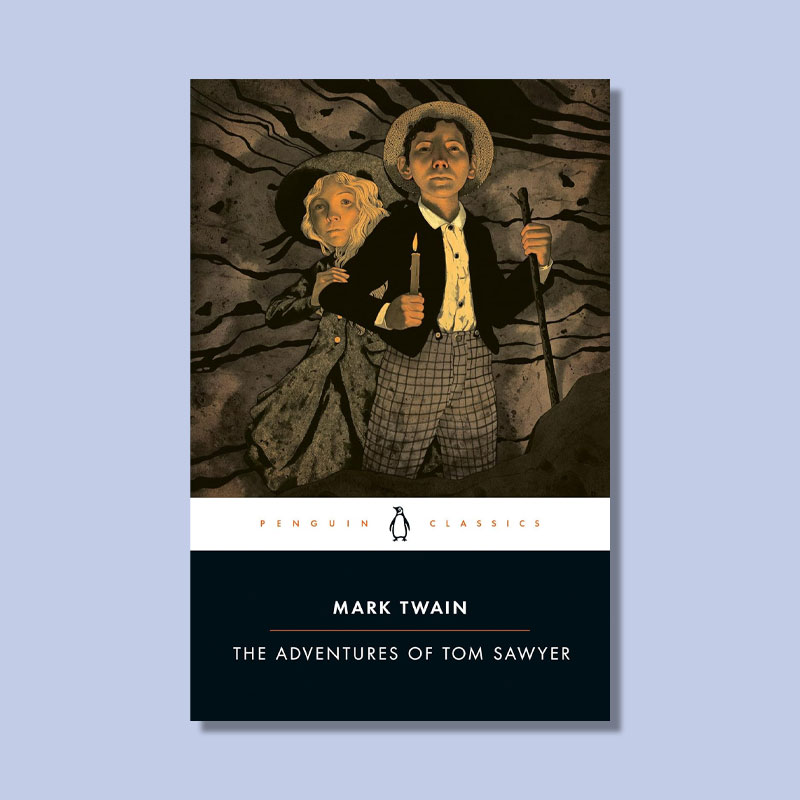What are "ghost words" in the dictionary? | | Don't be scared — ghost words are simple mistakes that turned into new entries in the dictionary. Learn how some of these terms became familiar words. | |  | Bennett Kleinman |
|
| |  | | G host words are a funny thing. No, we're not talking about the word "boo" as defined by Scaryam-Webster's Dictionary. Ghost words are a real concept referring to words that "come into existence by error rather than by normal linguistic transmission," according to Dictionary.com. But don't be spooked, because it's actually a simple concept to grasp.
As per the Oxford English Dictionary, the earliest written use of the term "ghost words" comes back in 1887, in reference to words, "being mere coinages due to the blunders of printers or scribes… or blundering editors." In other words, imagine a manuscript with typos or misprinted text. An untrained editor may assume that those words were added by the original writer for a reason, and thus'll let them slide through the editing process. Only after the work is finally published will the mistake become apparent, as the "ghost words" are accidentally thrust into the collective lexicon.
One of the earliest known examples of a ghost word is "dord," which mistakenly showed up in Webster's New International Dictionary from 1934 to 1939. According to Snopes, an editor mistook the abbreviation "D or d" — meaning "density" — for the single word "dord." The ghost word spent a few years in the dictionary before it was finally removed.
Another ghost word that we continue to use today is "syllabus," which was originally a misprint of the Greek sittybos — meaning "parchment label" or "table of contents." But the mistake went unnoticed during the editing process, and "syllabus" became a new word of its own by the 1650s.
Like Bob Ross used to say, "We don't make mistakes, we have happy accidents." When it comes to the concept of ghost words, that's the appropriate outlook to have. |
| | Continue reading | |  |
| |
| | Thanks for supporting our sponsors! They help keep Word Smarts free for everyone. | |
Emoji Decoded | |  | | DNA Double Helix | | | Meaning: Represents the double helix structure of DNA, the molecule that carries genetic information.
Evolution: When it was added in 2018, this emoji joined other science-themed emojis, including Microscope 🔬 and Alembic ⚗️, to communicate about genetics and biological sciences. In casual usage, 🧬 has become shorthand for expressing core traits, inherited behaviors, or deep-rooted habits.
Usage: [Comment on friend's post:] Being late is literally in your 🧬 at this point 😂 |
|
 | | DNA Double Helix | | | Meaning: Represents the double helix structure of DNA, the molecule that carries genetic information.
Evolution: When it was added in 2018, this emoji joined other science-themed emojis, including Microscope 🔬 and Alembic ⚗️, to communicate about genetics and biological sciences. In casual usage, 🧬 has become shorthand for expressing core traits, inherited behaviors, or deep-rooted habits.
Usage: [Comment on friend's post:] Being late is literally in your 🧬 at this point 😂 |
|
| |
Have you read? | |  | | The Adventures of Tom Sawyer | | By Mark Twain | | If you want to add a classic American novel to your reading list, start with Mark Twain. The titular Tom Sawyer casts the mold for the mischievous orphan character who would remain so popular in literature. While Twain published this in 1876, the story and themes remain relevant for readers today. Tom plays tricks, witnesses crimes, runs away to become a pirate, hunts for buried treasure, and falls in love with the girl next door — all while riding on the edge between childhood and adulthood. | | | | Jennifer A. Freeman, Word Smarts Senior Editor | | | | We independently evaluate all recommended products and services. If you click on links we provide, we may receive compensation. |
|
 | | The Adventures of Tom Sawyer | | By Mark Twain | | If you want to add a classic American novel to your reading list, start with Mark Twain. The titular Tom Sawyer casts the mold for the mischievous orphan character who would remain so popular in literature. While Twain published this in 1876, the story and themes remain relevant for readers today. Tom plays tricks, witnesses crimes, runs away to become a pirate, hunts for buried treasure, and falls in love with the girl next door — all while riding on the edge between childhood and adulthood. | | | | Jennifer A. Freeman, Word Smarts Senior Editor | | | | We independently evaluate all recommended products and services. If you click on links we provide, we may receive compensation. |
|
| |
You might also like | |  | | | | Why Do We Call Them Jumbo Eggs? | | Buying a carton of extra-large versus jumbo eggs doesn't just change the price — it also can affect the way your recipe turns out. What do these descriptive words mean for your scramble? |
| | | |
|
![]()
![]()
![]()
![]()
0 Comments:
Post a Comment
<< Home